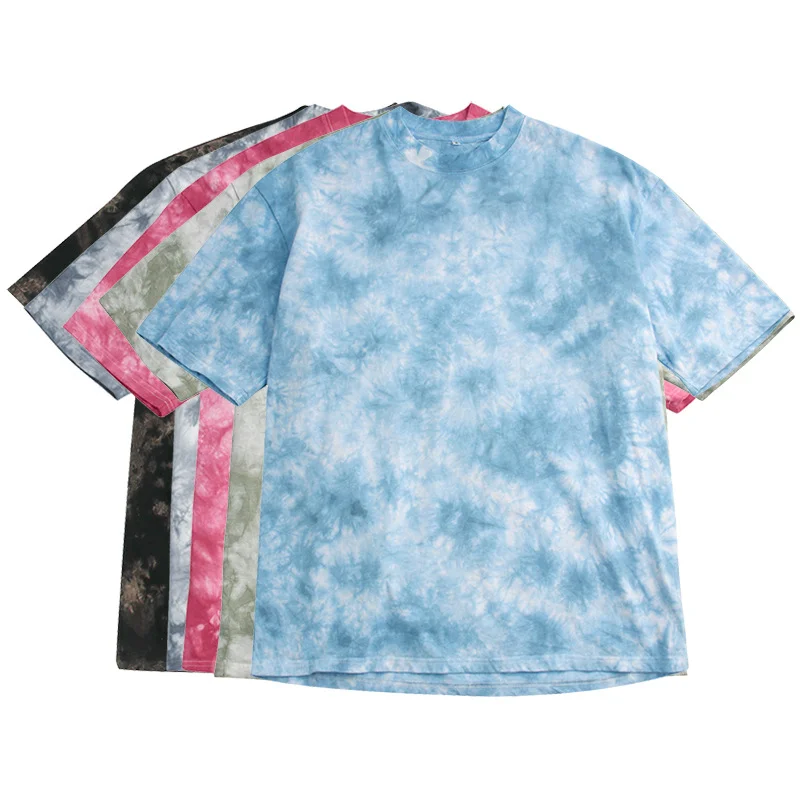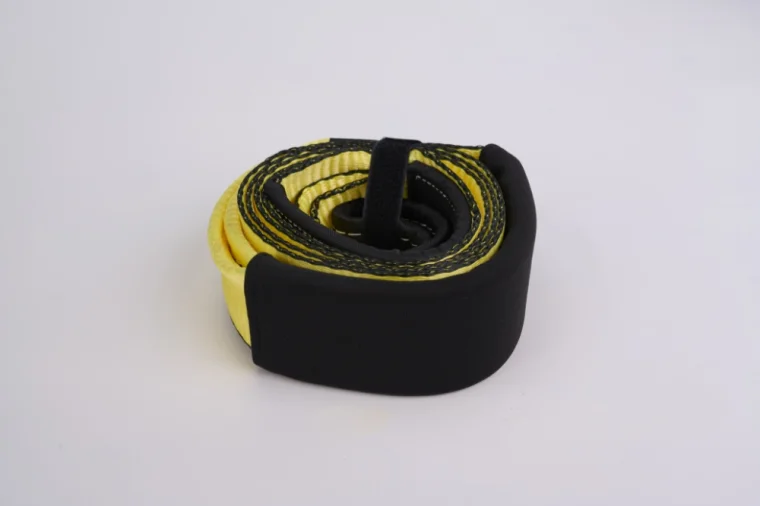When designing products that require aluminum components, choosing the right casting method is a critical decision. Pressure aluminum die casting and gravity casting are two widely used techniques, each with unique advantages, limitations, and applications. Understanding their differences allows manufacturers to optimize quality, efficiency, and cost-effectiveness. Tiger Casting, a leading manufacturer of auto parts, machinery components, lighting parts, and hardware fittings, specializes in both methods, providing tailored solutions for diverse industries.
1. Understanding the Two Casting Methods
Pressure Aluminum Die Casting
Pressure aluminum die casting involves forcing molten aluminum into a mold cavity under high pressure, typically using hydraulic or mechanical presses. Key features include:
-
High-speed production: Rapid injection and cooling enable mass production.
-
High dimensional accuracy: Tight tolerances achievable due to precise mold design.
-
Excellent surface finish: Smooth, consistent surfaces suitable for cosmetic or functional applications.
Pressure die casting is particularly suitable for complex geometries, small to medium-sized components, and parts requiring high repeatability.
Gravity Casting
Gravity casting relies on pouring molten aluminum into a mold and allowing it to solidify under gravity. Key characteristics include:
-
Lower equipment cost: Simpler molds and machines compared to pressure casting.
-
Larger component flexibility: Capable of producing larger parts that may not suit die casting.
-
Slower production rate: Gravity solidification is naturally slower than pressurized injection.
Gravity casting is ideal for larger, thicker components or parts where high production volume is not critical but mechanical properties need to be retained.
2. Comparative Analysis: Pressure vs. Gravity Casting
| Feature | Pressure Aluminum Die Casting | Gravity Casting |
|---|---|---|
| Production Speed | High – suited for mass production | Moderate – slower pour and cooling |
| Dimensional Accuracy | High – ±0.1–0.2mm achievable | Moderate – ±0.5–1.0mm typical |
| Surface Finish | Smooth and precise | Rougher, may require post-processing |
| Component Complexity | Supports intricate, thin-walled designs | Best for simple to moderately complex shapes |
| Tooling Cost | High – precision molds required | Lower – simpler molds suffice |
| Material Waste | Minimal due to precise fill | Higher – excess pour may be required |
| Mechanical Strength | Excellent – dense and uniform microstructure | Moderate – may contain porosity in thick sections |
| Batch Size Efficiency | Very high – optimized for repetitive production | Moderate – best for smaller or batch-limited runs |
3. Key Applications
Pressure Die Casting
-
Automotive parts: Engine blocks, transmission housings, brackets, and intricate connectors.
-
Lighting components: LED housings and fixtures requiring precise tolerances.
-
Machinery parts: Small to medium mechanical components with high dimensional requirements.
-
Hardware fittings: Complex, high-volume components such as handles, locks, and connectors.
Gravity Casting
-
Agriculture equipment: Large housing and frames where structural strength is critical.
-
Industrial machinery: Casings, covers, and components that benefit from thicker sections.
-
Large lighting enclosures: Durable fixtures for industrial or outdoor use.
-
Custom hardware parts: Large or low-volume items that do not require intricate detail.
4. Mechanical Properties and Performance Considerations
Density and Porosity
-
Pressure die casting: High pressure reduces porosity, resulting in denser parts with superior mechanical strength.
-
Gravity casting: Parts may have slight porosity, especially in thicker sections, which can impact strength and fatigue life.
Thermal and Wear Resistance
-
Die-cast components exhibit better heat dissipation due to dense microstructure, suitable for engine or high-temperature applications.
-
Gravity-cast parts may require post-processing such as heat treatment to enhance performance.
Surface Quality and Post-Processing
-
Die casting often eliminates the need for machining for cosmetic surfaces.
-
Gravity casting may need milling, sanding, or coating to achieve desired surface finish.
5. Cost Considerations
| Factor | Pressure Die Casting | Gravity Casting |
|---|---|---|
| Tooling Investment | High – precision dies and CNC-machined molds | Lower – sand or permanent molds sufficient |
| Unit Production Cost | Lower for large batches | Lower for small batches or oversized parts |
| Material Efficiency | High – minimal waste | Moderate – some overflow or scrap may be needed |
| Labor and Automation | High automation reduces labor cost | More manual involvement may increase labor hours |
| Overall ROI | Optimized for high-volume, repetitive production | Optimized for low-volume or large, custom parts |
Tiger Casting’s expertise allows clients to balance tooling investment and unit cost based on projected production volume and design complexity.
6. Choosing the Right Method for Your Product
Step 1: Evaluate Part Size and Complexity
-
Small, intricate, thin-walled components → Pressure Die Casting
-
Large, simple, thick-walled components → Gravity Casting
Step 2: Assess Production Volume
-
High-volume, repetitive production → Pressure Die Casting
-
Low-volume, custom or prototype production → Gravity Casting
Step 3: Determine Mechanical Requirements
-
High strength, low porosity, excellent surface finish → Pressure Die Casting
-
Moderate strength, acceptable porosity, and post-processing possible → Gravity Casting
Step 4: Consider Budget and ROI
-
Upfront tooling investment is justified by economies of scale → Pressure Die Casting
-
Lower initial cost with flexibility for batch adjustments → Gravity Casting
7. Tiger Casting’s Value Proposition
Tiger Casting combines state-of-the-art casting machines, high-precision machining centers, CNC lathes, polishing and shot blasting systems with advanced quality inspection tools:
-
Spectrometer, hardness meter, and roughness meter ensure material integrity.
-
X-ray detection and leak testing machines confirm absence of internal defects.
-
Precision machining and assembly enable fully finished components ready for assembly.
Our vertical integration and technical expertise ensure clients can choose the best casting method for their product without compromising quality, performance, or lead time.
Frequently Asked Questions (FAQ)
Q1: Can gravity casting components be machined to match die-cast tolerances?
A1: Yes, but it requires additional machining and increases production time. Die casting achieves high accuracy inherently.
Q2: Which method is better for automotive parts?
A2: Pressure die casting is preferred for small, complex, and high-volume components, while gravity casting suits larger, simpler structural parts.
Q3: Are both methods environmentally friendly?
A3: Both can be eco-conscious if scrap aluminum is recycled. Die casting tends to minimize material waste.
Q4: How do costs compare for prototyping vs. mass production?
A4: Gravity casting is more cost-effective for prototypes and low-volume runs, whereas die casting reduces unit cost for large-scale production.
Q5: Does Tiger Casting provide post-processing services?
A5: Yes, including polishing, coating, machining, and surface treatment to meet exact client specifications.
Conclusion
Choosing between pressure aluminum die casting and gravity casting depends on part size, complexity, volume, and mechanical requirements. Die casting offers high precision, fast production, and excellent surface finish, while gravity casting provides flexibility for large, low-volume components.
Tiger Casting’s comprehensive expertise in both casting methods, combined with high-quality inspection and precision manufacturing, enables clients to select the optimal production process, ensuring cost-effective, reliable, and high-performance components for automotive, machinery, lighting, and hardware applications.
By analyzing your product requirements and production goals, manufacturers can make an informed decision, balancing quality, efficiency, and ROI
www.tiger-aluminumcasting.com
NINGBO TIGER CASTING COMPANY




